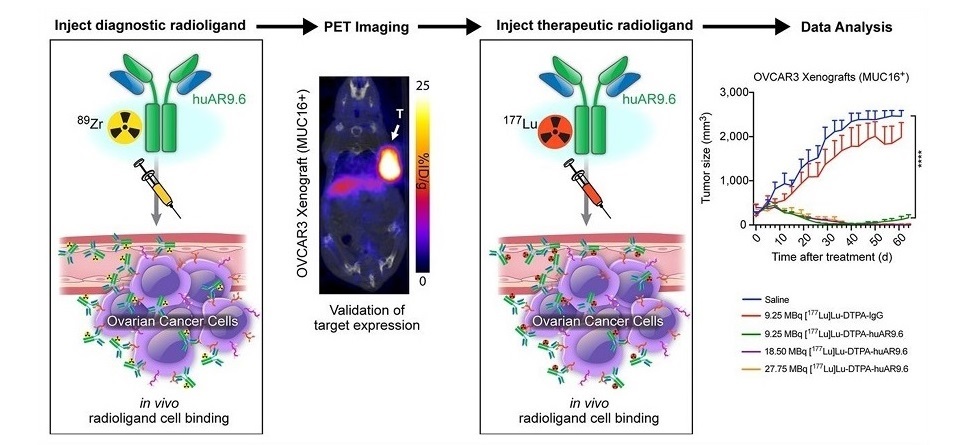Sharp Decline Seen in Use of Cardiac Nuclear Myocardial Perfusion Imaging
By MedImaging International staff writers
Posted on 15 Apr 2014
There has been a substantial decrease in the use of nuclear myocardial perfusion imaging (MPI) since 2006, an imaging modality used to detect areas of the heart with decreased blood flow, a decline that cannot be justified by an increase in other imaging methods, according to recent findings.Posted on 15 Apr 2014
The new findings were published March 26, 2014, in the Journal of the American Medical Association (JAMA). Nuclear MPI accounted for much of the rapid growth in cardiac imaging that occurred from the 1990s through the middle 2000s. Edward J. McNulty, MD, from Kaiser Permanente Medical Center (San Francisco, CA, USA) and colleagues conducted a study to examine trends in MPI use within a large, community-based population. They gathered patient data for MPI performed from 2000–2011 for members ages 30 years or older from the clinical databases of Kaiser Permanente Northern California, an integrated healthcare delivery system that provides inpatient and outpatient care for more than 2.3 million adults.
Overall, MPI was used to treat 302,506 patients at 19 facilities. MPI use from 2000 until 2006 increased by a comparative 41%, but between 2006 and 2011, MPI use declined a relative 5%. Declines from 2006 to 2011 were greater for outpatients than inpatients (58% vs. 31%) and for persons younger than 65 years. Use of cardiac computed tomography (CT), a newer imaging technology, increased during this time period, and could have accounted for 5% of the observed decline in overall MPI use if performed as an option.
“Although the abrupt nature of the decline suggests changing physician behavior played a major role, incident coronary disease, as assessed by [heart attack], also declined [by 27%]. We could not determine the relative effects of these factors on MPI use,” the authors wrote. “...the substantial reduction in MPI use demonstrates the ability to reduce testing on a large scale with anticipated reductions in healthcare costs.”
Related Links:
Kaiser Permanente Medical Center














